Last updated on April 27th, 2022 , 07:43 am
Option gamma is the options greek that estimates the rate of change of an option’s delta as the stock price fluctuates.
An option’s delta tells us the estimated option price change relative to a $1 change in the stock price. Delta is therefore a measure of directional risk exposure.
Since an option’s gamma tells us how the option’s delta moves as the stock price changes, gamma tells us how our directional risk exposure changes when the stock price fluctuates.
You will learn the importance of gamma in options trading in this detailed guide.
Jump To
Why is Gamma Important in Options Trading?
Traders who delta hedge pay close attention to gamma because it informs them of how their position’s delta will change as the stock price changes.
A high gamma value translates to high volatility of an option position’s directional risk exposure. If an option position has high gamma, its delta will shift significantly when the underlying stock moves.
A low gamma value translates to low volatility of an option position’s directional risk exposure. If an option position has low gamma, its delta will only experience a small change when the underlying stock moves:
Therefore, traders will have a harder time delta hedging a high gamma option position as compared to a low gamma option position.
Even if you aren’t a trader who is delta hedging, gamma is important to understand because it tells you how your position’s P/L sensitivity will change as the stock price moves.

New to options trading? Learn the essential concepts of options trading with our FREE 160+ page Options Trading for Beginners PDF.
What is Long Gamma in Options Trading?
A long gamma position is any option position with positive gamma exposure.
A position with positive gamma (long gamma) indicates the position’s delta will increase when the stock price rises, and decrease when the stock price falls.
A call and put purchase both have positive gamma:
In other words, a long call’s position delta becomes more positive (moves towards +1.0) and a long put’s position delta becomes less negative (moves towards zero) as the share price rallies.
Conversely, a long call’s position delta becomes less positive (moves towards zero) and a long put’s position delta becomes more negative (moves towards -1.0) as the share price falls.
What is Short Gamma in Options Trading?
In other words, a short call’s position delta becomes more negative (moves towards -1.0) and a short put’s position delta becomes less positive (moves towards zero) as the share price rallies.
Conversely, a short call’s position delta becomes less negative (moves towards zero) and a short put’s position delta becomes more positive (moves towards +1.0) as the share price declines.
Let’s look at some real stock price movements vs. option deltas and visualize long and short gamma.
Long Gamma Example
In this table, the positions with positive gamma are said to be long gamma. As you can see here, long gamma positions benefit when the stock price moves in favor of the position because the directional exposure of the position grows in the same direction as the stock price.
To demonstrate this concept, let’s look at some real examples.
The following visual demonstrates how a long call’s delta increases as the stock price increases:
The long call’s position delta grows from +25 to +75 as the stock price increases. With a delta of +25, the long call trader is expected to make $25 for each $1 increase in the stock price, and lose $25 for each $1 decrease in the stock price.
However, when the delta grows to +75, the long call trader is expected to profit by $75 when the share price rises by $1 and lose $75 when the share price falls by $1.
The long call trader wants the stock price to rise to profit from the increased positive delta exposure.
In the next visual, we’ll look at a long put position. Note how the long put’s position delta falls as the stock price decreases.
Short Gamma Example
The positions with negative gamma are said to be “short gamma.” As you can see here, short gamma positions are harmed when the stock price moves against the position because the directional exposure of the position grows in the opposite direction as the stock price movements.
Let’s look at some real examples to demonstrate short gamma.
The following visual illustrates how the position delta of a short call grows more negative when the stock price increases:
The short call’s position delta falls from -27 to -85 as the stock price rises.
With a delta of -27, the short call trader is expected to lose $27 for each $1 increase in the stock price.
However, when the delta falls to -85, the short call trader is expected to lose $85 when the share price rises by $1.
A short call trader does not want the stock price to increase because their losses will become more significant if the stock price continues to rise.
Next, we’ll look at a short put position. Note how the position’s delta increases as the stock price decreases.
The short put’s position delta rises from +30 to +80 as the stock price falls.
With a delta of +30, the short put trader is expected to lose $30 for each $1 decrease in the stock price.
However, when the delta rises to +80, the short put trader is expected to lose $80 when the share price falls by $1.
So, a short put trader does not want the stock price to decline because their losses will become more significant if the stock price continues to fall.
Conclusion
Long option positions (buying calls or puts) have positive (long) gamma.
Positive gamma means we add gamma to the position’s delta when the underlying stock price increases, and subtract gamma from the position’s delta when the underlying stock price falls.
When the stock price rallies, positive gamma positions will see their position deltas increase (becoming more positive for long calls and less negative for long puts).
And when the stock price declines, positive gamma positions will see their position deltas fall (becoming less positive for long calls and more negative for long puts).
Short option positions (shorting calls or puts) have negative (short) gamma.
Negative gamma means we subtract gamma from the position’s delta when the underlying stock price increases, and add gamma to the position’s
delta when the underlying stock price falls.
When the stock price rallies, negative gamma positions will see their position deltas fall (becoming more negative for short calls and less positive for short puts).
And when the stock price declines, negative gamma positions will see their position deltas increase (becoming less negative for short calls and more positive for short puts).
Option Gamma FAQs
There is not necessarily a “good” gamma for an option position as it depends on your position.
If you’re a professional trader who is delta hedging an option position, high gamma makes it harder to keep the position delta-neutral, as a small stock price change leads to a large shift in delta. Therefore, a lower gamma would make your job easier.
If you’re a call buyer, a high gamma is good if the stock price is increasing, as the call position’s delta will grow quickly and your subsequent profits will be higher if the stock price continues to rally.
“Gamma risk” refers to a large shift in an option position’s delta as the stock price moves.
Gamma risk is highest for at-the-money option positions nearing expiration because short-duration, at-the-money options have the highest gamma values (largest delta changes vs. underlying stock price changes).
An option position that is long gamma will also be long volatility because option purchases (long calls and long puts) are positive gamma and positive vega.
“Gamma scalping” is when an options trader buys/sells shares of underlying stock against a long/short option position.
The goal is to periodically adjust the position’s delta by trading in and out of underlying stock with the intention of profiting from the overall stock/option position.
Profits can stem from the share trading activities, or the option position value changes.
For example, a gamma scalper who shorts a straddle will need to buy stock as the share price increases and sell stock as the share price falls. The trader will profit from the strategy if the stock volatility is low, driving profits from the short straddle decay with minimal losses from the stock trading.
Conversely, a gamma scalper who buys a straddle will need to short stock as the share price increases and buy stock as the share price falls. The trader will profit from the strategy if the stock volatility is high, driving profits from the stock trading activities that exceed losses from the long straddle’s decay.
Gamma scalping is also known as “dynamic delta hedging,” and is an active trading strategy used by extremely sophisticated traders.
A “gamma squeeze” is a feedback loop caused by short call traders/market makers who wish to be delta-neutral.
As the stock price increases, these short call traders need to buy stock to neutralize their increasingly negative position delta, leading to more buying pressure on the stock’s price, necessitating further stock purchases to again neutralize the negative delta.
Stock Price Rises => Short Call Traders Buy Stock to Hedge => Stock Price Rises => Short Call Traders Become Delta-Negative => Short Call Traders Buy More Stock to Hedge => Stock Price Rises => Repeat
projectfinance Options Tutorials

About the Author
Chris Butler received his Bachelor’s degree in Finance from DePaul University and has nine years of experience in the financial markets.
Chris started the projectfinance YouTube channel in 2016, which has accumulated over 25 million views from investors globally.
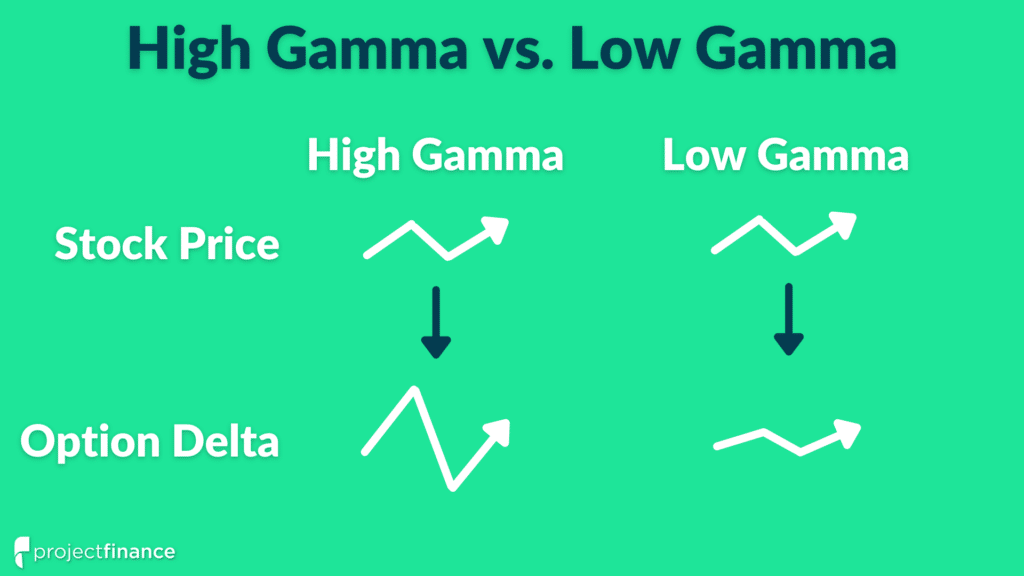
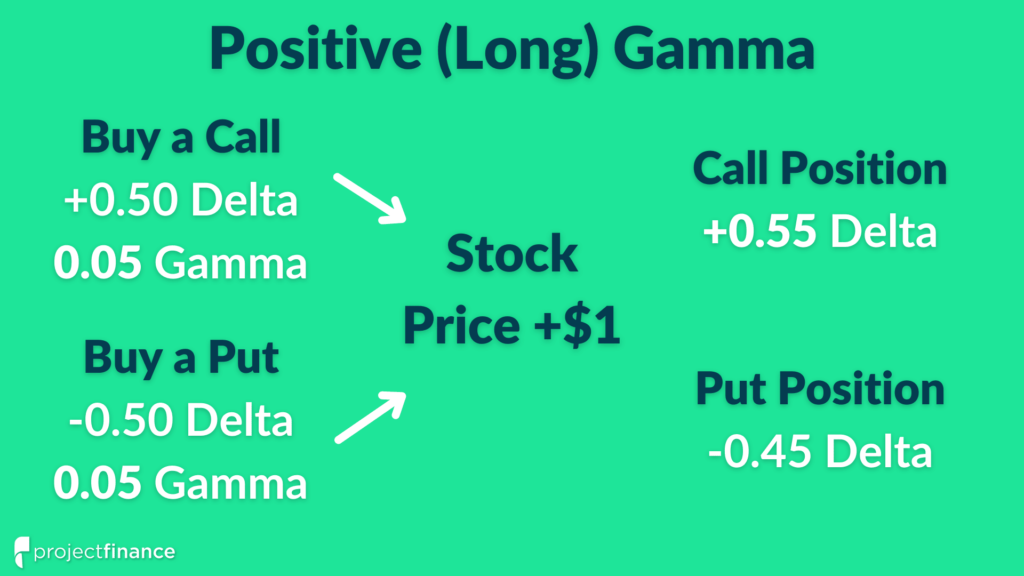
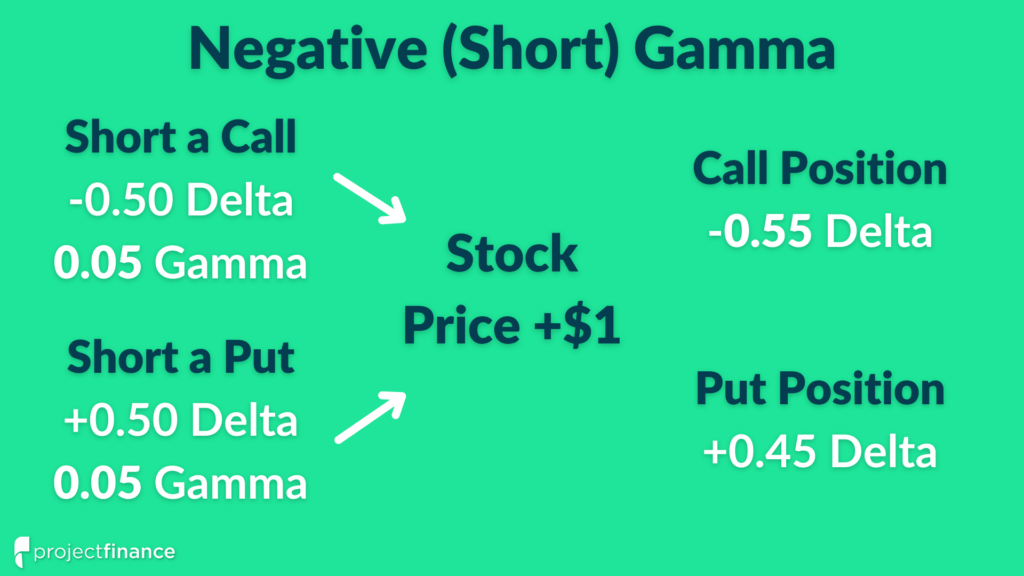

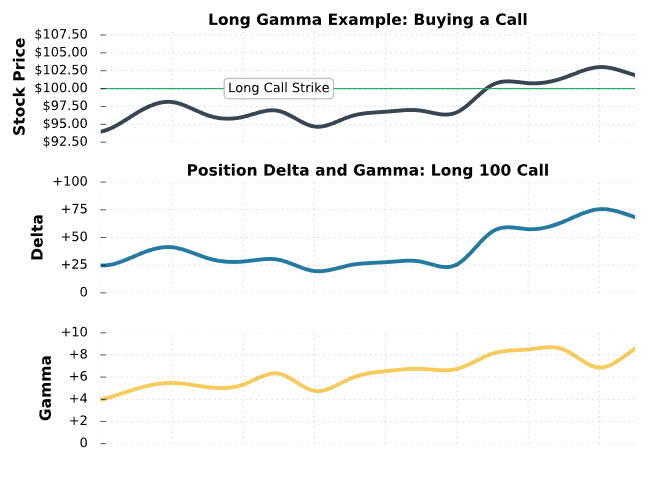
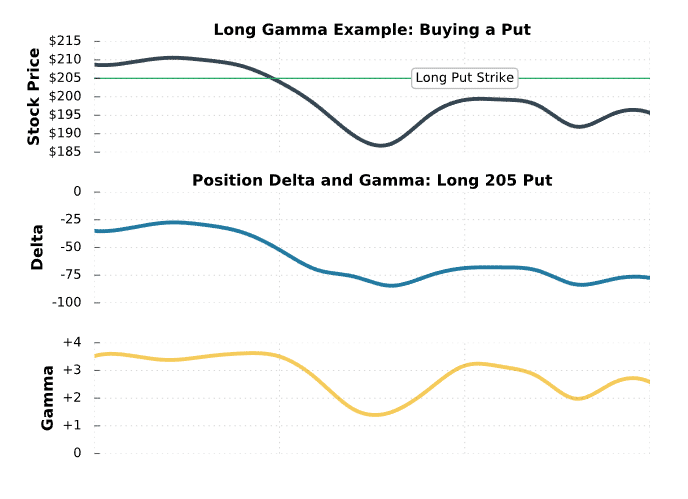

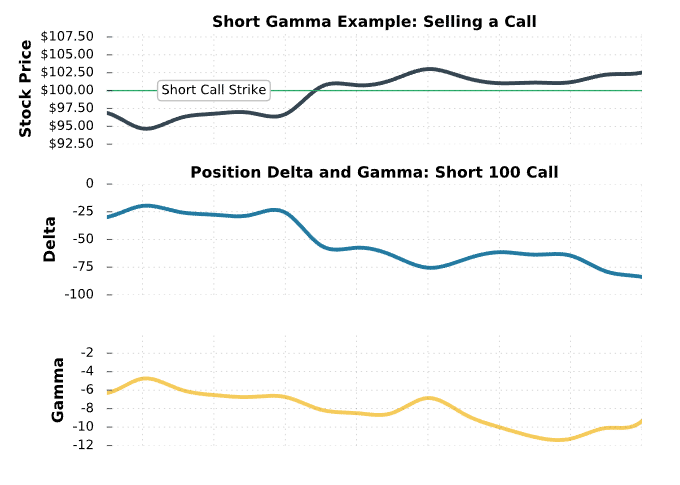
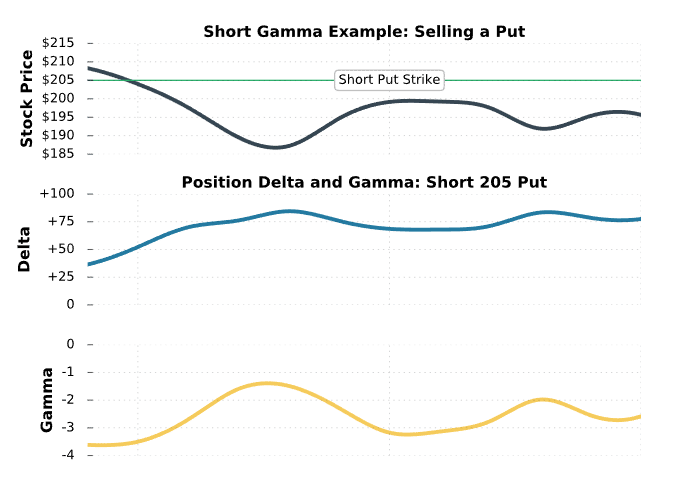
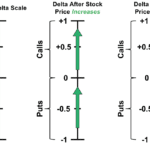
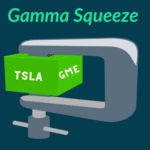
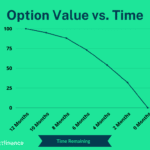


One thought on “Long Gamma and Short Gamma Explained (Best Guide)”
The charts are very helpful to the readers they can easily understand it. Great.